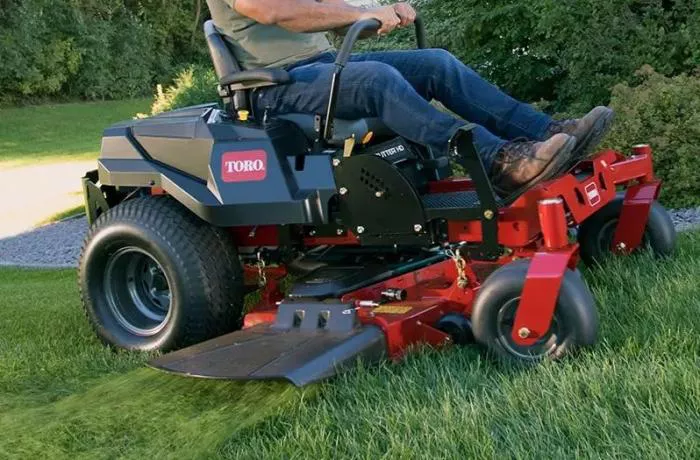Zero-turn mowers offer unparalleled maneuverability for lawn care, but their unique operation can challenge first-time users. These powerful machines use independent wheel transmissions for precise pivoting, making them significantly more agile than traditional riding mowers. This guide breaks down the startup process into clear, actionable steps while emphasizing crucial safety measures. From pre-operation inspections to proper warm-up procedures, we’ll walk you through everything needed to operate your zero-turn mower with confidence. Whether you’re maintaining a residential lawn or commercial property, understanding these fundamentals will ensure optimal performance and longevity of your equipment.
Experts Outline Safe and Efficient Starting Procedures
Operating a zero-turn mower can initially appear daunting, but with proper guidance, users can quickly master its efficient lawn maintenance capabilities. These specialized mowers, known for their agility, utilize dual hydrostatic transmissions for precise pivoting—a design validated by Texas A&M University research for enhancing mowing accuracy.
Pre-Start Safety and Inspection Protocol
Before ignition, operators must prioritize safety by wearing closed-toe shoes, long pants, and eye protection. A thorough equipment check is essential: inspect blades, belts, and tires for damage, and confirm the mower is positioned on level ground to prevent operational issues. Fuel or battery levels should be verified, with gas-powered models requiring fresh gasoline and electric units needing full charge.
Ignition and Operational Guidelines
Seated comfortably with steering levers in neutral, engage the parking brake near the operator’s seat. For gas engines, set the throttle to “choke” before turning the ignition key; electric models simply require an “on” switch. After startup, allow a brief warm-up period before adjusting throttle speed. Disengage the brake and maneuver levers to begin mowing.
Maximizing Mower Performance and Longevity
Regular maintenance—including engine checks and blade sharpening—ensures peak efficiency. Operators should practice maneuvering around obstacles and vary mowing patterns to avoid soil compaction. Mulching attachments can enhance lawn health, while terrain assessments help determine if zero-turn models suit specific landscapes. Alternatives like reel or self-propelled mowers may better serve uneven or smaller yards.
Industry Insights for Optimal Lawn Care
Landscaping professionals emphasize adapting techniques to lawn conditions, such as treating disease outbreaks promptly and using accessories to streamline tasks. For further guidance, consult resources on mower selection, maintenance, and terrain-specific recommendations.
With consistent practice and adherence to these protocols, zero-turn mowers become indispensable tools for achieving pristine lawns efficiently.

